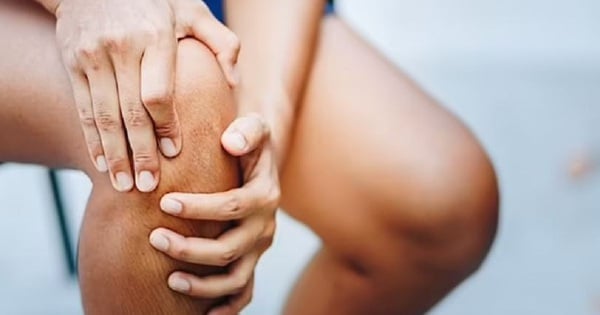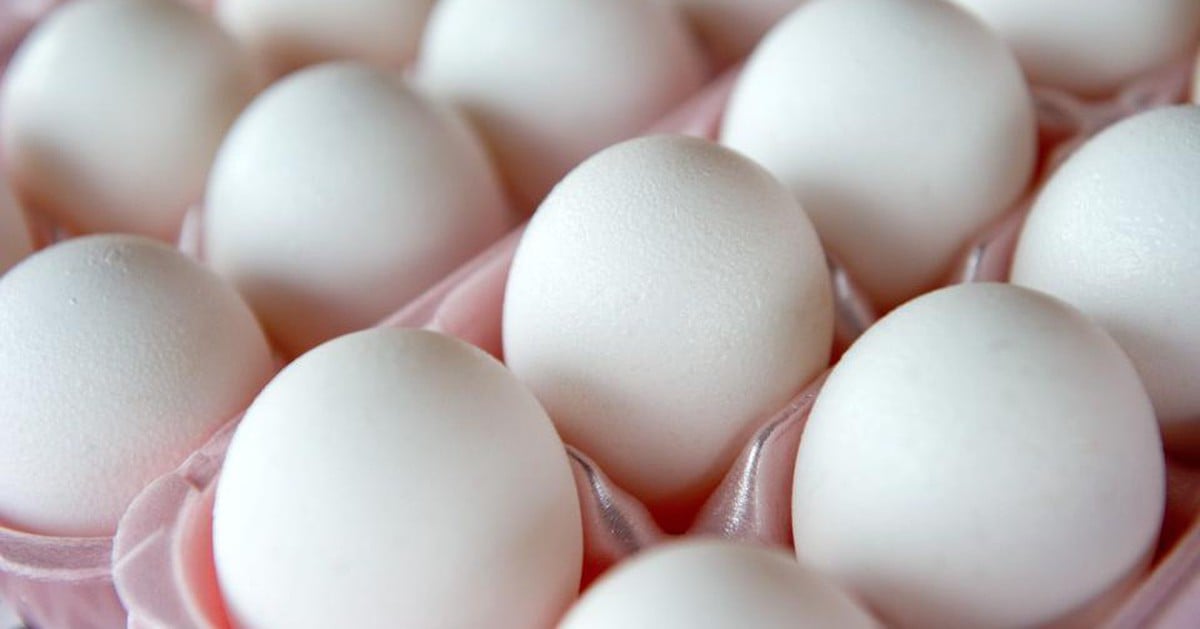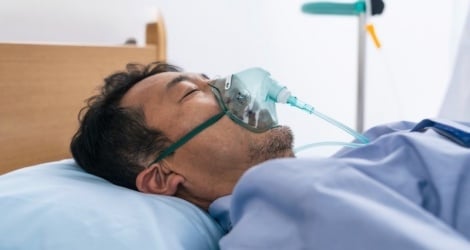Brittle nails, receding gums, weaker grip strength or decreased height can signal bone problems.
As we age, our body processes slow down, bone density and the ability to absorb nutrients decrease, leading to osteoporosis and bone loss. People with osteoporosis may experience back pain, a stooped posture, loss of height, and brittle bones. Here are some signs of weak bones.
Brittle nails
Brittle nails can occur for a variety of reasons, but the two most common are collagen and calcium deficiencies. Collagen is a protein that supports skin, connective tissue, and bones. Calcium is an essential mineral for bone health. If your nails break more frequently than usual, it could be a sign of bone loss.
Everyone should supplement foods such as berries, green vegetables, soybeans and citrus to increase the collagen content in the body. In addition to drinking milk, calcium can also be found in dark green leafy vegetables and sardines.

Weak and brittle nails can be a sign of poor bone health. Photo: Freepik
Gum recession
As the jawbone weakens, the gums can pull away from the teeth. Older adults should have regular dental checkups to check the health of their gums. Even if you don't have gum problems, you should still floss and brush your teeth regularly, and you can strengthen your jaw muscles by chewing gum.
Reduce height
Loss of height is related to aging of bones, muscles, and joints, which is a sign of osteoporosis. At the age of 40, a person usually loses about 1 cm every 10 years. This condition is even faster after the age of 70. According to scientists, the cause is due to the cartilage between bones wearing down over time, loss of bone mineral density, spinal fractures or gaps between vertebrae.
Supplement calcium through diet and increase vitamin D absorption by exposure to sunlight. Quit smoking and limit alcohol to slow down bone aging.
Poor grip
According to a 2011 study by the University of South Australia and the University of Adelaide, Australia, handgrip strength testing was associated with overall bone mineral density in postmenopausal women. This is because women with weak grip strength often lack muscle strength and are unable to maintain balance.
Weakness in the bones of the hand can also signal that areas of the hand, including the fingertips, the middle knuckles of each finger, the knuckles, and the wrist, are affected. Women should increase their grip strength to build strength and protect their bones.
Cramps, muscle aches and bone pain
Aching muscles can be caused by a lack of vitamin D, which can lead to osteoporosis. Frequent muscle cramps are a sign of vitamin and mineral deficiencies. Leg cramps that occur at night often indicate low levels of calcium, magnesium, or potassium in the blood. If not treated promptly, this can lead to bone loss over time.
Huyen My (According to The Healthy, Prevention )
| Readers ask questions about bone and joint diseases here for doctors to answer |
Source link











































Comment (0)